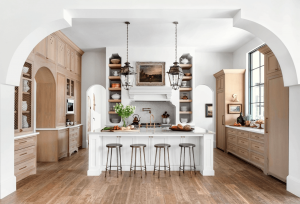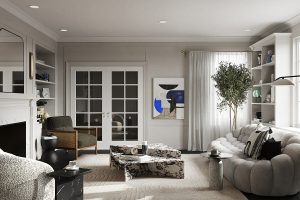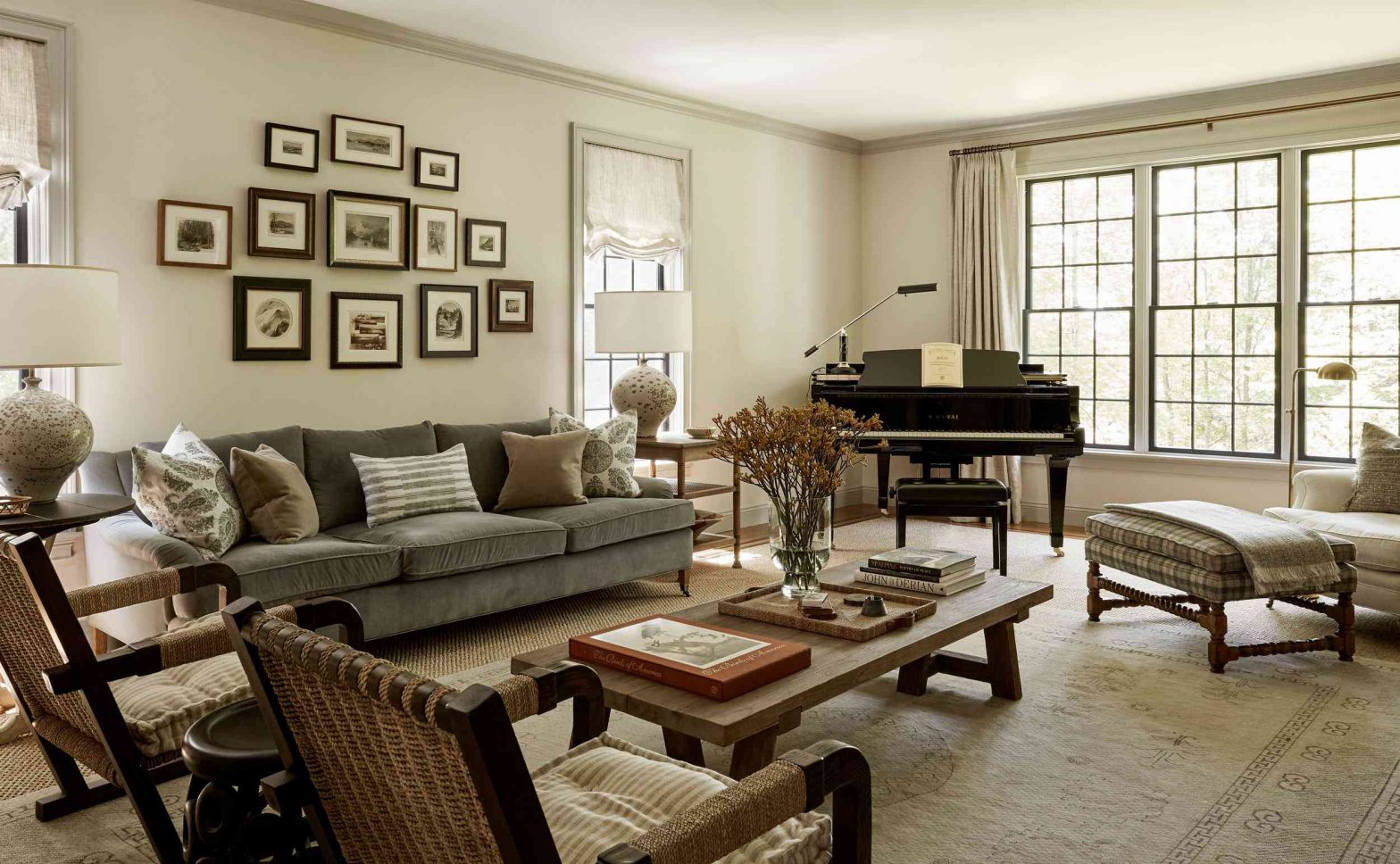Exploring the Pinnacle of Home Design in 2023
In the ever-evolving world of home design, 2023 brings a plethora of exciting trends and innovations. From sustainable living to tech-integrated spaces, homeowners and designers alike are embracing new concepts that redefine the way we inhabit and experience our homes. Let’s delve into the key elements that shape the landscape of home design this year.
The Rise of Sustainable Living
As environmental consciousness continues to grow, sustainable living takes center stage in home design. In 2023, homeowners are increasingly incorporating eco-friendly materials and energy-efficient technologies into their spaces. From solar panels adorning rooftops to recycled and upcycled furniture, the emphasis is on creating homes that leave a minimal ecological footprint.

One notable trend is the integration of smart home systems that optimize energy consumption. Smart thermostats, lighting, and appliances not only enhance convenience but also contribute to reducing energy waste. Additionally, designers are incorporating natural elements like indoor plants and sustainable building materials, creating homes that harmonize with nature.
Biophilic Design: Bringing Nature Indoors
A subset of sustainable living gaining traction is biophilic design, which focuses on fostering a connection with nature within interior spaces. In 2023, we see an influx of homes designed to maximize exposure to natural light, incorporating large windows and skylights. The use of organic materials such as wood and stone further enhances the connection to the natural world, creating serene and calming environments.
Biophilic design goes beyond aesthetics; it seeks to improve well-being by reducing stress and enhancing productivity. Living walls, vertical gardens, and indoor water features are becoming popular choices to bring the outdoors in, blurring the boundaries between the built environment and nature.
Tech-Integrated Living Spaces
In the digital age, technology plays an increasingly integral role in our daily lives, and home design is no exception. In 2023, homes are becoming more interconnected and intelligent, offering a seamless blend of technology and design. Smart homes are no longer limited to voice-activated assistants; they now encompass entire ecosystems that control lighting, security, entertainment, and more.
Smart Kitchens: Revolutionizing Culinary Spaces
Kitchens take a leap into the future with the integration of smart appliances and intuitive design. Refrigerators with built-in touchscreens for recipe suggestions, ovens that can be controlled remotely, and intelligent storage solutions are becoming commonplace. These innovations not only streamline daily tasks but also cater to the growing trend of at-home cooking and entertaining.
Immersive Entertainment Spaces
Entertainment spaces are undergoing a transformation with the integration of advanced audiovisual technologies. Home theaters are becoming more immersive, with high-quality sound systems and large, high-definition displays. Virtual reality (VR) and augmented reality (AR) technologies are also making their way into home design, offering new dimensions of entertainment and interactive experiences.

Adaptable and Multifunctional Design
The way we use our homes is evolving, and so is the design philosophy. In 2023, there is a growing emphasis on creating spaces that can adapt to various needs and functions. The traditional boundaries between rooms are blurring, giving rise to open and flexible floor plans that cater to diverse activities.
Home Offices and Flex Spaces
With the rise of remote work, home offices have become a staple in modern homes. Designers are now incorporating dedicated workspaces that seamlessly blend with the overall aesthetic of the home. Multifunctional furniture, such as desks that can transform into dining tables, adds versatility to these spaces, allowing homeowners to optimize their living areas.
Convertible Furniture for Compact Living
As urban living spaces continue to shrink, there’s a growing demand for furniture that serves multiple purposes. In 2023, convertible and modular furniture are gaining popularity. Sofa beds, folding tables, and expandable storage solutions provide homeowners with the flexibility to maximize space without compromising on style.
Artisanal and Handcrafted Touches
In a departure from mass-produced items, 2023 sees a resurgence of interest in artisanal and handcrafted elements in home design. Homeowners are seeking unique, one-of-a-kind pieces that tell a story and add a personal touch to their living spaces.
Customized Home Decor: A Personal Expression
From handmade pottery to custom furniture pieces, personalized and bespoke home decor items are gaining popularity. Artisanal craftsmanship not only supports local artisans but also contributes to the creation of homes that reflect the individuality of their inhabitants. This trend emphasizes the value of uniqueness and the appreciation of the human touch in an increasingly digital world.
Conclusion: Designing for the Future
In 2023, home design goes beyond aesthetics, incorporating sustainability, technology, adaptability, and personalization. The convergence of these trends reflects a dynamic approach to creating living spaces that cater to the evolving needs and values of homeowners. As we continue into the future, the fusion of innovation and timeless design principles will undoubtedly shape the homes of tomorrow. Whether it’s embracing sustainable practices, integrating cutting-edge technology, or celebrating artisanal craftsmanship, the world of home design in 2023 is a vibrant canvas of creativity and functionality.

